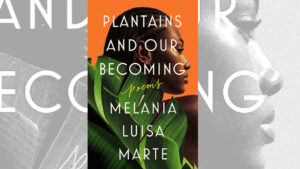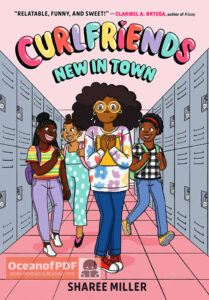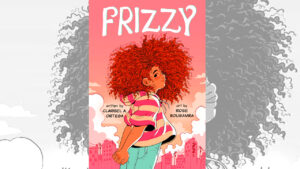Made in Korea by Sarah Suk Review – A Teenage Tale of K-Beauty, Dreams, and the Pressure to Succeed
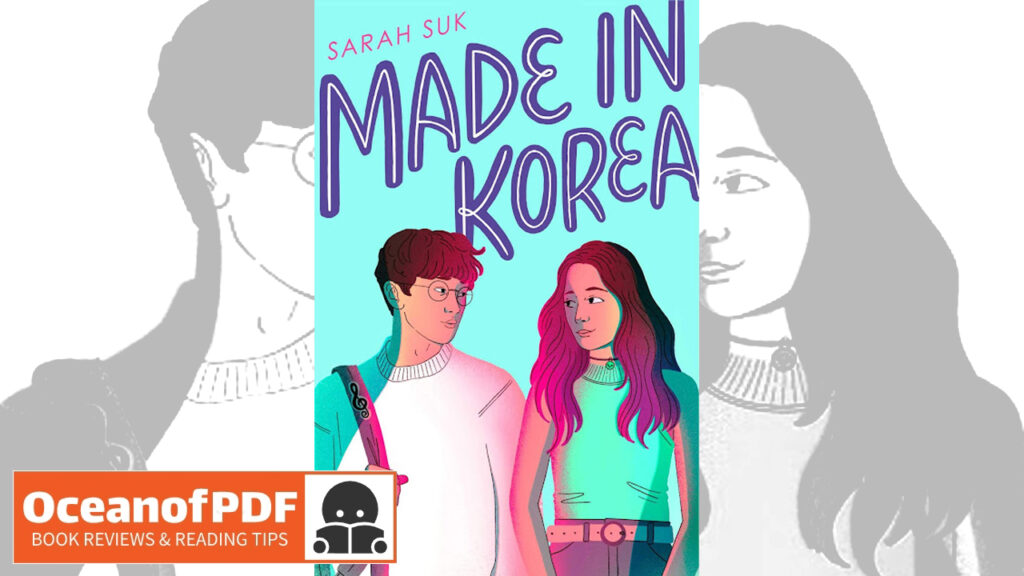
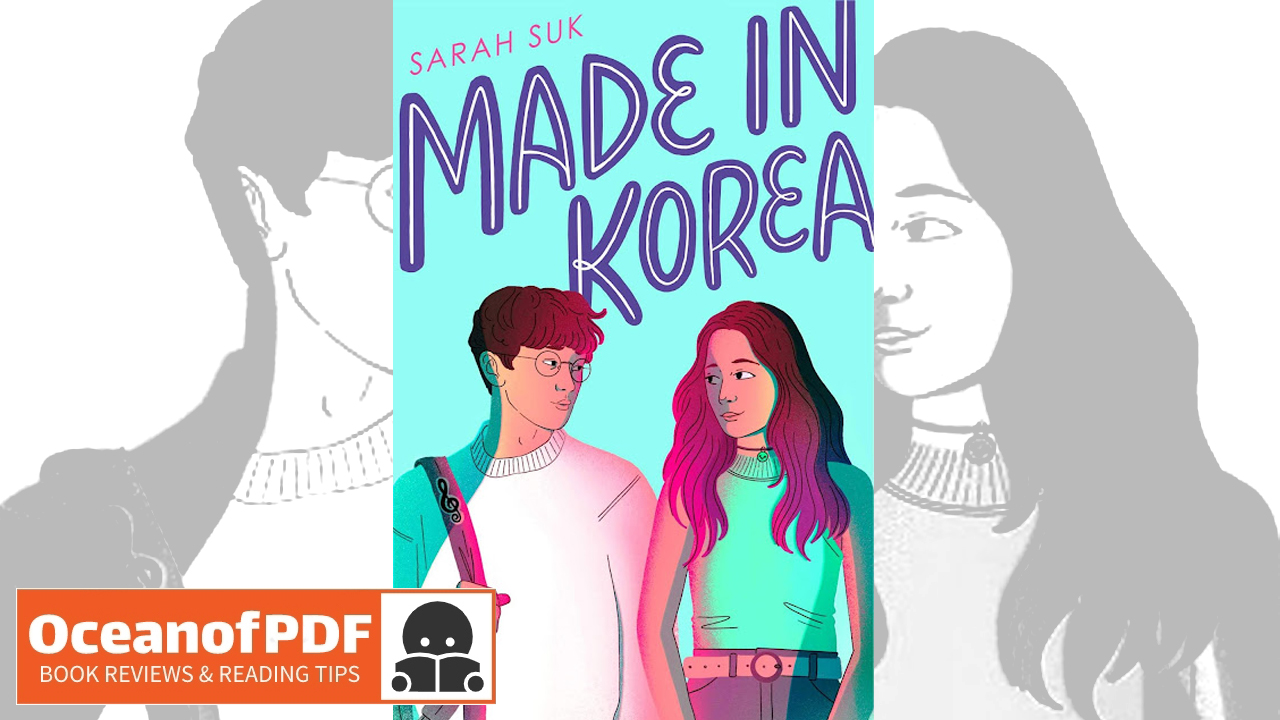
“Made in Korea” is the story of two high school students, Valerie and Wes, who accidentally discover the K-beauty business. Valerie runs V&C K-Beauty with her cousin Charlie to save money to go to Paris with her grandmother. Things are going well until a new Korean student starts selling a popular K-pop group’s lip balm, and Valerie’s sales plummet.
And Wes had no intention of entering the K-beauty market. But when her classmates showed interest in buying her mother’s samples, she saw an opportunity to fulfill her dream of teaching music. Especially since her parents do not support her ambitions. A friendly competition begins between Valerie and Wes to see who can sell the most, with the winner taking the loser’s money. What makes this story so compelling is its relevance to teenagers. Valerie and Wes, like many teenagers, struggle with their parents’ expectations and the pressure to live up to them. As Valerie’s relationship with her mother becomes strained, Wes must prove his worth while pursuing a music career without the support of his parents.
Valerie’s bond with her grandmother serves as a contrasting support system and demonstrates the impact parental pressure has on teenagers. Wes, who has no contact with his busy mother, assumes his parents will agree without even talking to her. The book also explores the romance between Valerie and Wes. Although the romance takes time to develop, their friendship is well established and author Sarah effectively captures the emotions of their first relationship. Their connection to Korean culture and sense of being between two worlds resonates with the challenges many children of immigrants face.
The story does not offer a fairy tale ending, but reflects the uncertainties of real life. Not all problems are resolved, and the characters do not miraculously become closer to their parents or achieve immediate success. The lack of a “white perspective” and minimal focus on social justice or teen activism allows the story to focus on the real-life experiences of teens dealing with the challenges of adolescence. Overall, this book offers a fresh perspective on teenage life without a heavy message.
